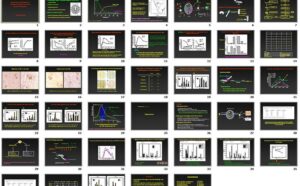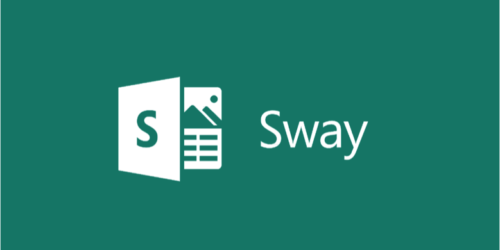Dealing with Too Many Slides

As a faculty member, you may receive or inherit “legacy” slide decks filled with more content than can be covered in a single class. This overabundance of information can lead to rushed presentations, leaving little time for student engagement and comprehension.
When faculty focus on covering all the material, students often become passive recipients of information. This approach can overwhelm students, hinder their understanding of key concepts, and reduce opportunities for active learning (Naidoo, 2019).
Understanding Novice Learners
Novice learners, who have little or no previous knowledge or experience in a particular domain, do not yet have the mental framework to accommodate large amounts of new information. The novice will experience a high cognitive load when processing too much information, which can affect learning (La, Dyjur, & Bair, 2018). What can seem like a reasonable pace to a content expert can overwhelm a novice.
Ideas for Managing Slide Decks
Here are some practical strategies to manage single-lesson slide decks for effective teaching. Note that your School or program may ask you to use slides or slide decks in certain ways, so it’s always best to reach out for assistance if you are unsure.
Review Your Slides in Advance
Give yourself 5 to 7 days before class to review your slide deck to identify course outcomes and the most important concepts and/or skills that help students achieve the outcomes for that lesson. Focus your teaching on these areas and use the slides to support your instruction (Paolini, 2015).
Use a Lesson Plan
Think about using the slides as part of a lesson plan, such as the BOPPPPS model, to transform passive slides into active learning opportunities. This could be through discussions, problem-solving activities, or quick formative assessments. Research shows active learning techniques can improve students’ academic performance and learning (Freeman et al., 2014).
Consider Pacing and Timing
Ensure your teaching pace aligns with the students’ pace of learning. This might mean covering fewer topics in more depth rather than trying to cover everything superficially (Simmons, 2020). It also means planning time for students to read each slide, (longer) pauses for quiet processing, and opportunities for questions.
Limit Slides
Reducing the number of slides can help with pacing. For example, you can reduce your slides based on timing. If the class lesson is 2 hours and you think you will need 5 minutes on each slide, the maximum number of slides in the deck should be 24. Plan for even fewer slides when you are incorporating active learning.
Another way to limit slides is by focusing on scaffolding for assessments. See this Hub post for more information on Leveraging Your Slide Decks to focus on what students will need to be successful on assignments.
Rearrange Slides
Using PowerPoint features, you can “hide” certain slides so they will not be shared in presentation mode. Or, you can “re-order” the slides so that key content is upfront and supporting content comes later, yet all slides remain available in class if needed.
Provide Supplementary Resources
Acknowledge to students in class that it is not possible to cover all course content during class, and explain your expectation that students review supporting information outside class. Provide supplementary resources such as readings, videos, or self-guided activities when possible or appropriate. This allows students to explore these topics independently (Abulhul, 2021).
A final thought…
Remember, the goal of classes is not to “cover” all the material but to “uncover” meaning and understanding. Managing large slide decks will reduce stress for your students–and for you.
References
- Abulhul, Z. (2021). Teaching Strategies for Enhancing Student’s Learning. Journal of Practical Studies in Education, 2(3), 1-4.
- Freeman, S., Eddy, S. L., McDonough, M., Smith, M. K., Okoroafor, N., Jordt, H., & Wenderoth, M. P. (2014). Active learning increases student performance in science, engineering, and mathematics. Proceedings of the National Academy of Sciences, 111(23), 8410-8415.
- La, H., Dyjur, P., & Bair, H. (2018). Universal design for learning in higher education. University of Calgary.
- Naidoo, D. (2019). Pacing of knowledge: Pedagogic code, pedagogic discourse, and teachers’ experiences. Journal of Education, 77
- Paolini, A. (2015). Enhancing Teaching Effectiveness and Student Learning Outcomes. The Journal of Effective Teaching, 15(1), 20-33
- University of British Columbia. (n.d.). Teaching Expert Thinking. Retrieved from



